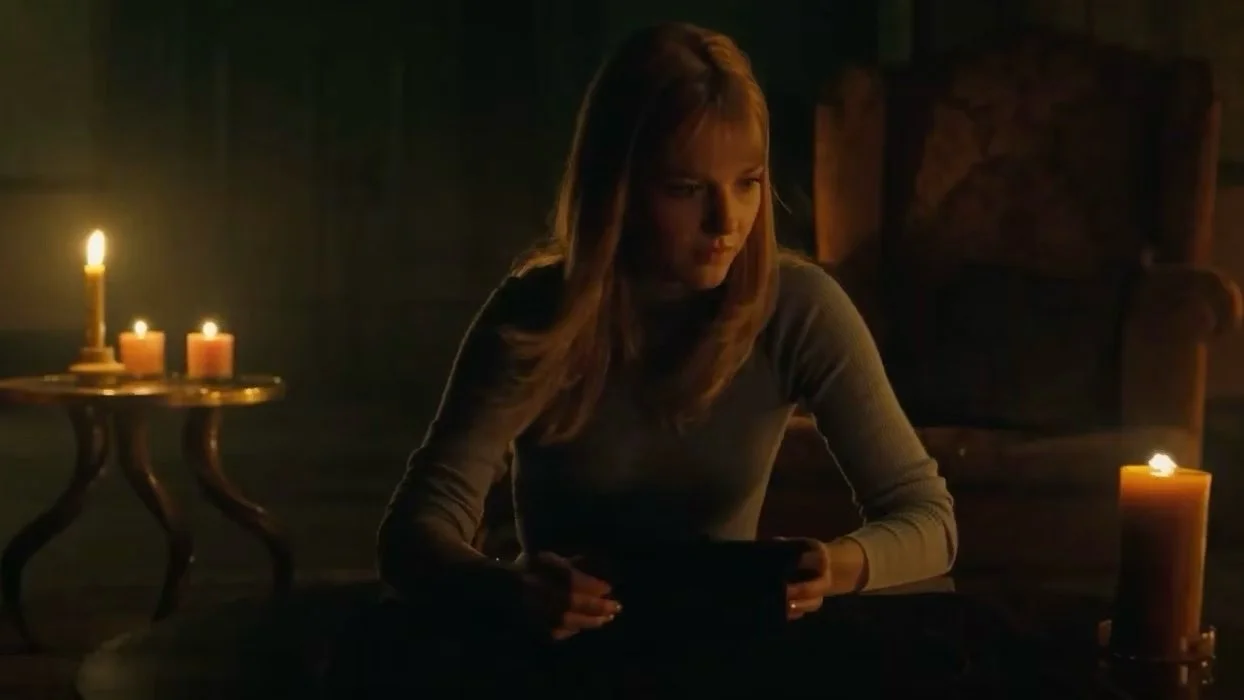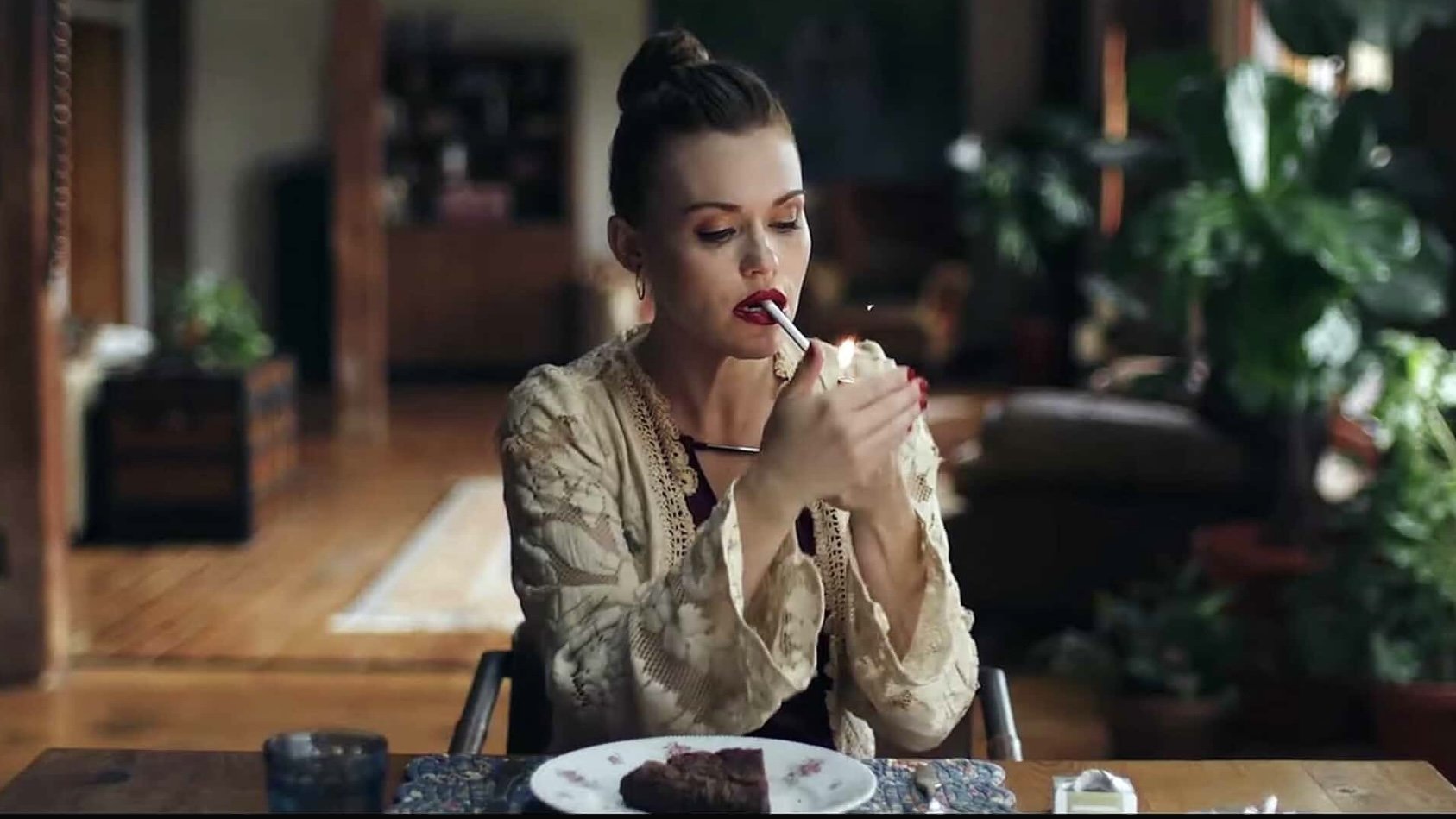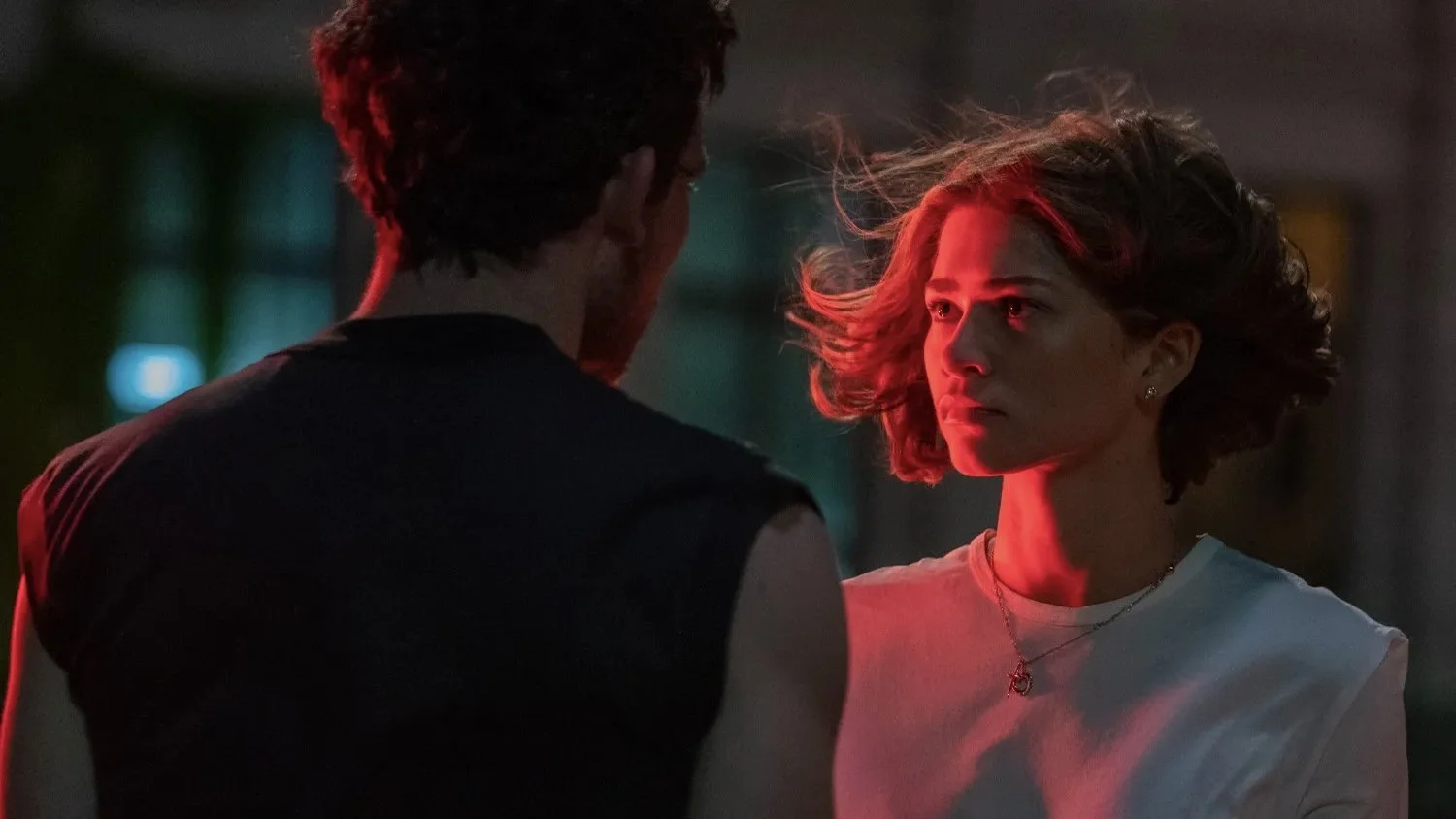Film Review — "Tarot"
At times, Tarot feels like it’s from another era. I’m sure it’s been said ad nauseum by now, so let’s get it out of the way: Tarot is basically a composite of the early 2000s supernatural horror that came out between the late-90s slasher resurgence and the mid-00s Japanese remake craze. A few of the more obvious influences, whether directly or indirectly, are Thirteen Ghosts, Darkness Falls, and Final Destination. It makes sense if you think about it. In 2024, we’re at a point where many of the emerging horror directors are going to be emulating the horror they grew up with, namely the movies from ~20 years ago, even if it’s unconscious. For that reason, I’d wager that if Tarot came out in the early 2000s, many of the millennial horror fans who are currently ragging on it would instead feel some sort of nostalgic connection to it… even if it is arguably bad.
In terms of plot, Tarot doesn’t do anything exciting or surprising. College kids rent a big house, discover a cursed tarot deck, read one another’s fortunes, and unwittingly doom each other to untimely (mostly off camera) deaths at the hands of tarot card characters like The Fool, The Magician, and The High Priestess. That’s the movie in a nutshell, and the human characters can’t save it; they’re no more interesting than the situation that surrounds them. Jacob Batalon (Marvel’s Spider-Man: Home³) and Avantika (Mean Girls: The Musical: The Movie) try their damnedest, but it’s a losing battle. They also have no chance of upstaging their tarot pursuers, who are the film’s strongest asset. I wish we saw more of those mischievous rascals. They’re cool looking.
Visually speaking, Tarot is at least watchable, for the most part. I’ll give it that. If nothing else, directors Spenser Cohen and Anna Halberg have new highlights for their director reels. Does the film occasionally suffer from the Underlit Syndrome that’s been going around for several years? Yeah, sometimes, especially when the tarot card characters are on screen, which is a shame, because they’re who we really want to see. The lighting is decent overall, though. Thankfully, the set decoration provides a generous amount of candles and lamps for cinematographer Elie Smolkin to use as motivated light sources—including some for backlighting! I could’ve withstood more of it, but these days I’ll take what I can get. Is it sad that all it takes is just one (1) backlight in a contemporary horror film to make me feel like I’m in semi-competent hands?
Would grislier, on-screen deaths have benefitted the film? Maybe! There’s nothing inherently wrong with a PG-13 horror movie—or a YA horror novel, for that matter—but when the work feels like it’s pulling its punches, or like it’s at odds with itself, as Tarot often does, you have to wonder… What needed to change? Visually, it would have to be 1.) actually seeing the damn kills and 2.) getting better views of the tarot card characters. Story-wise, well… I don’t know much about tarot… but I can definitely tell you that the Death card does not necessarily mean “death”; it can mean nEw bEGiNnINgs. How do I know that? Because it’s a part of every—single—fucking—movie with a tarot scene! So, story-wise, I’d probably start with nixing that little cliche.


